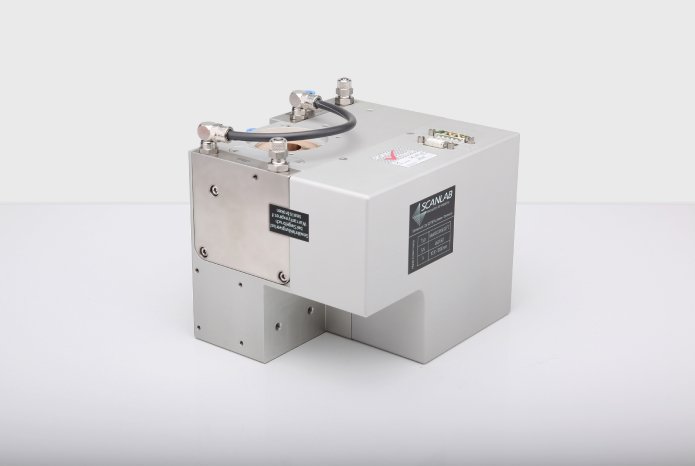For numerous automotive industry applications –particularly in the electro-mobility segment – a substance-to-substance bond between different materials (e.g. between copper and aluminum) is of interest as an alternative to mechanical joining. Advantages include improved electrical conductivity, more homogenous heat transfer and higher mechanical strength. Fabrication of devices and fittings likewise often calls for pressure-tight bonding of the same or dissimilar material types; e.g. in heat exchangers or cooling units. This is precisely where the new welDYNA 2D scan system shines: Overlapping laser beam motions relative to the seam geometry enable tear-resistant welds of diverse materials, even for joining partners with poor weldability.
This technology already has proven merits for laser beam cutting, too: High-dynamics beam oscillation allows much faster cutting speeds, along with improved cutting quality. Key factors are the high ‘wobble motion’ frequencies of several kHz and the availability of freely definable scan patterns. Together, they deliver far superior process parameters compared to other laser methods. Applications show considerably reduced splatter formation, making weld seams and cut edges clearly smoother while also slowing down optics wear.
The new scan head is designed for multi-kW lasers of high beam quality and features digital servo control, an integrated sensor system for real-time monitoring, and water and air cooling in a robust, industrially-suitable housing. It can be easily integrated or installed with collimation and focusing modules of commercial fixed optics. Particularly in sectors such as aerospace or mechanical engineering and metal processing, where thick metal parts and composite materials must be cut, this new scan solution opens up countless interesting new application possibilities.


